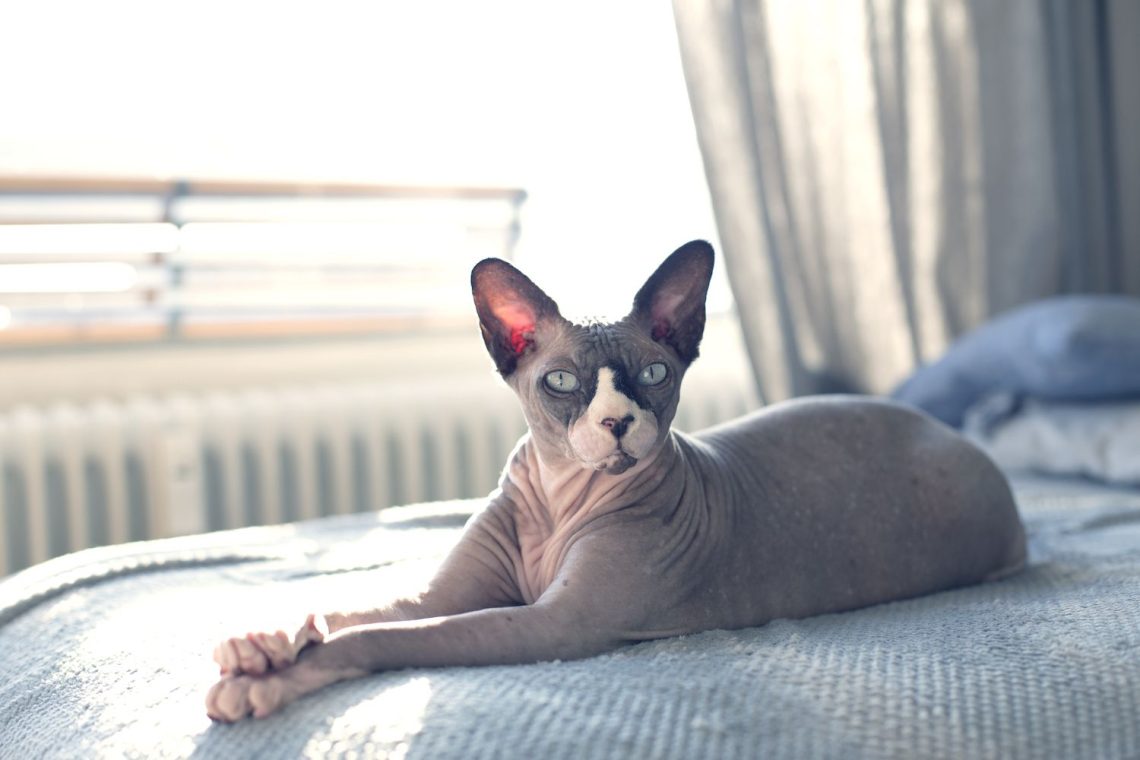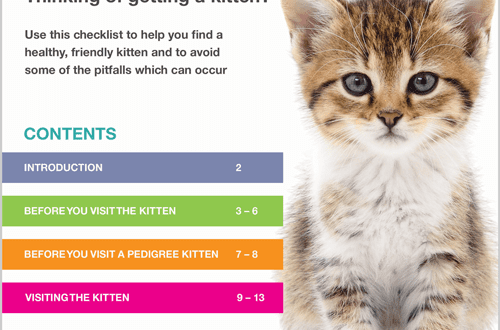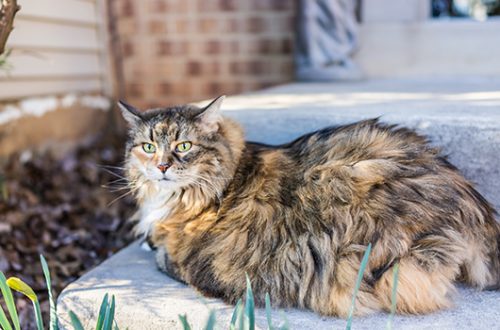
Hairless cats: how to care for hairless cats
Unlike short-haired and long-haired cats that have been living side by side with us for many centuries, hairless cats have appeared quite recently – and have already won a whole army of fans. However, some people do not dare to start them, fearing difficulties in the content. Let’s find out if this concern is justified.
What breeds are hairless
There are few naked breeds yet, and most of them are unrecognized or experimental. Nevertheless, potential owners have a choice.
Canadian Sphynx The most popular hairless cat breed in the world today. She is the oldest: a kitten with a rare mutation was discovered in Toronto back in the 1960s. For many years, selection was carried out until the sphinx gene line became stable. Today’s representatives of the breed are distinguished by a complaisant playful character. They love to be the center of attention, get along well with children, and lend themselves well to training.
Don Sphynx Unlike overseas relatives, the famous Russian breed has a dominant baldness gene, that is, it manifests itself in offspring in most cases. In addition, the Canadian sphinxes have a barely noticeable fluff on their bodies, while the Don ones can be completely naked, with skin resembling plasticine to the touch. Among the dominant traits of their character are peacefulness, sociability, human orientation.
Peterbold Another native of Russia appeared as a result of crossing the Don Sphynx with oriental and related cats (Siamese, Javanese, Balinese). From Orientals the new breed got not only recognizable features of appearance, but also a complex character. Peterbalds are quite independent and often take hostility to prohibitions. But they are dog-like devoted to those whom they consider their friends.
Ukrainian Levkoy Breeders from Ukraine decided to combine two distinctive features in one cat at once: the hairlessness of the Don Sphynx and the hanging ears of the Scottish Fold. The breed has been counting since 2000 and is still in its infancy, but the dominant character has already been set: left-handed people are friendly, alien to aggression, they know how to find compromises.
Minskin It seems that breeders reason like this: if you cross sphinxes with another breed, then with some equally unusual one. In this case, for example, the genes of the Munchkin, the so-called “dachshund cat” with short legs, were added. Yes, you guessed it right: the cat turned out to be both hairless and short-legged at the same time. She compensates for the small length of the limbs with remarkable intelligence, likes to solve complex problems, and never lets others get bored. Charismatic Minskins easily find friends even among dogs.
Who are hairless cats suitable for?
From the descriptions in the previous section, it is easy to see a common feature of all hairless cats – sociality. They are very sociable, attached to the owners and do not like loneliness. Such a pet is hardly suitable for people who spend a lot of time at work. But for those who are ready to pay a lot of attention to their four-legged friend, to come up with common entertainment, these are ideal companions.
Unfortunately, the claim that hairless cats are suitable for allergy sufferers is a myth. The fact is that allergies are caused not only by wool as such, but by the secretion of the sebaceous glands. It is present on the body regardless of whether the animal has a coat or not.. In more detail, the issue of hypoallergenicity of cats is covered in a separate article.
Features of care
Hairless cats are heat-loving, so it is important to protect them from the cold. It’s great if you manage to teach your pet to wear clothes made of soft fabrics – cotton and fleece. This will help out not only in cold weather, but also in the summer heat, because direct sunlight is also detrimental to the sensitive skin of sphinxes. In addition to the wardrobe, you should provide a hairless cat with heated bedding or a blanket that you can wrap yourself in.
Another aspect of care is regular warm baths. Hairless cats love water, and this procedure does not become a stressful situation for them. Bathing is necessary in order to wash off the secret of the sebaceous glands. When a cat has hair, the substance is distributed through the hairs, providing them with softness and shine. But in hairless pets, it accumulates on the skin, stains the surfaces that the cat touches, and can even provoke an infection.
The optimum water temperature is 36–38 °C. When bathing, use a special shampoo for hairless cats that does not dry out the skin. After the procedure, be sure to dry your pet dry with a soft towel.
Thus, the care of hairless cats is specific, but it cannot be called difficult or time-consuming. Pets need to be warmed and bathed, but there is no need to comb out, like other breeds. In general, the maintenance of “naked” takes no more time and effort than any other cats.





